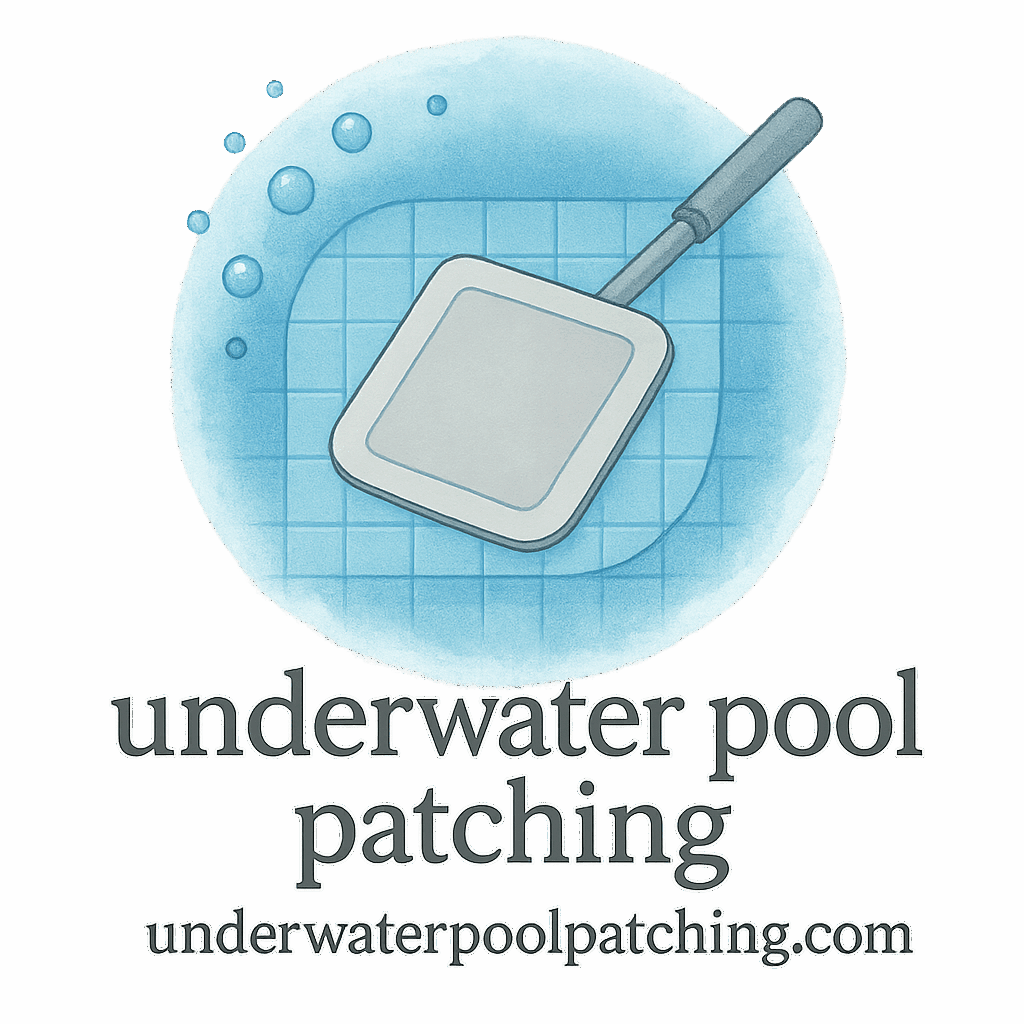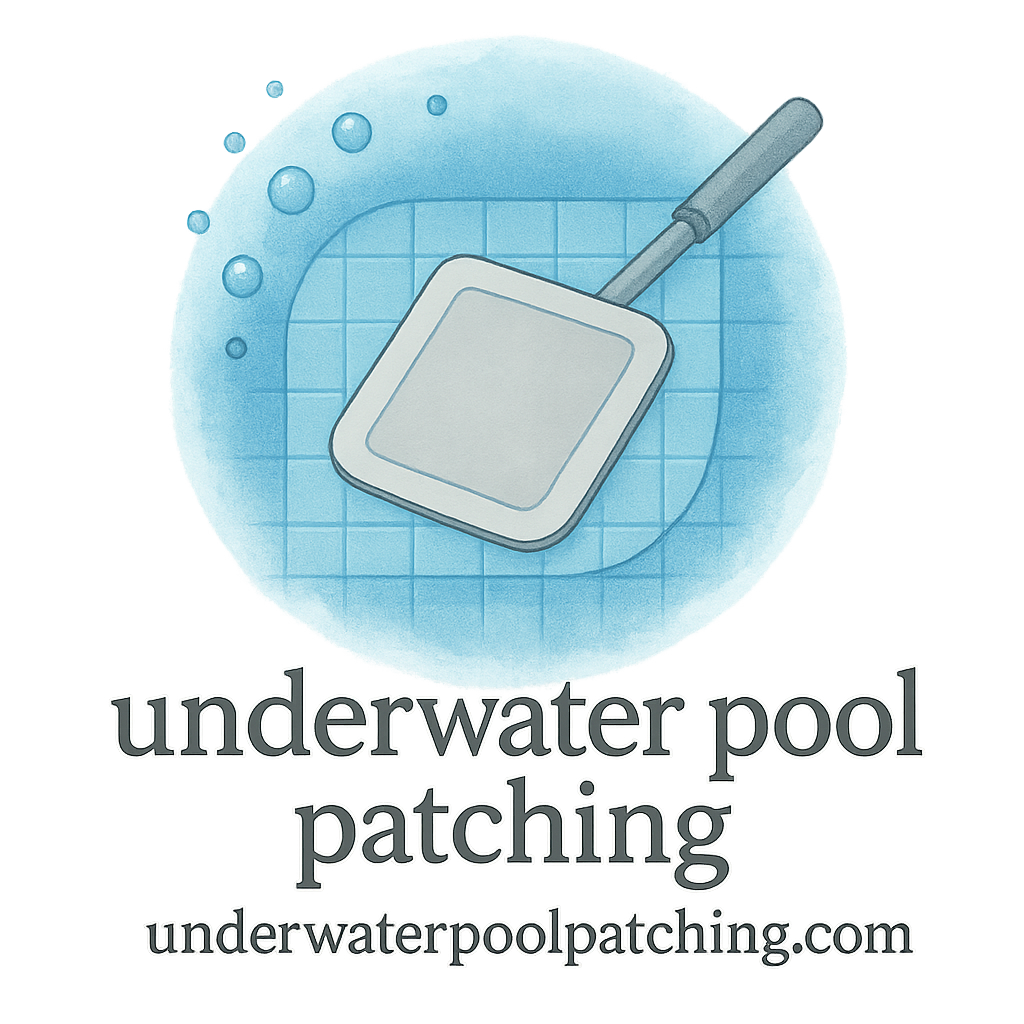Introduction to Pool Repair Materials
If you own a pool, you already know it’s not just a luxury—it’s a commitment. Cracks, leaks, and worn-out finishes can creep up over time, and when they do, you’ll need reliable materials to fix them. Choosing the right pool repair materials isn’t just about saving money—it’s about protecting your investment, extending the life of your pool, and avoiding repeat repairs down the line.
In this guide, we’ll explore the 10 best materials for pool repairs along with practical application tips to make sure you get professional-level results, even if you’re tackling a DIY fix.
Why Choosing the Right Material Matters
The Link Between Material Quality and Pool Longevity
Think of your pool like a car. You wouldn’t fix a flat tire with duct tape, right? The same logic applies to pools. Using top-quality materials ensures your pool repairs hold up against chlorine, constant water pressure, and harsh weather.
Common Mistakes in Pool Repair Material Selection
Many pool owners fall for the trap of “cheapest is best.” Unfortunately, that usually leads to quick fixes that don’t last. Other mistakes include ignoring compatibility (like using vinyl patches on concrete) or skipping proper surface preparation before applying a patch.
Factors to Consider Before Selecting Pool Repair Materials
Budget and Cost-Saving Opportunities
Repair costs can add up quickly, but there are smart ways to manage them. For instance, using cost budgeting techniques can help you choose the most effective material without overspending.
Durability and Weather Resistance
Pools are exposed to constant water pressure, chemical treatments, and outdoor weather. Materials should resist UV rays, water absorption, and wear and tear.
Ease of Application and Repair Techniques
Some materials require professional handling, while others are perfect for a DIY weekend project. Check out these repair techniques before committing to one material.
Top 10 Best Materials for Pool Repairs
1. Epoxy Resin
Epoxy resin is one of the most trusted materials for sealing leaks and cracks in both concrete and fiberglass pools. It creates a strong, waterproof bond that resists chemicals and extreme temperatures.
Application Tips for Using Epoxy Resin
- Always clean and dry the repair area before application.
- Mix the two components thoroughly for maximum strength.
- For underwater application, use underwater epoxy patches.
2. Vinyl Pool Patches
Vinyl patches are essential for repairing tears in vinyl liners. They’re easy to use and budget-friendly, making them a top choice for pool owners with liner-style pools.
How to Apply Vinyl Patches Effectively
- Trim the patch into a rounded shape to avoid peeling.
- Use waterproof adhesive for better bonding.
- Smooth out air bubbles for a clean finish.
3. Hydraulic Cement
Hydraulic cement sets quickly and expands as it cures, making it perfect for stopping active water leaks in concrete pools.
Quick Application Tricks for Underwater Repairs
- Work in small batches, as hydraulic cement hardens fast.
- Press firmly into cracks to create a watertight seal.
- Use gloves—this material gets messy.

4. Fiberglass Repair Kits
If your fiberglass pool has chips or cracks, a fiberglass repair kit is your go-to solution. These kits usually include resin, hardener, and fiberglass cloth.
Step-by-Step Fiberglass Patch Application
- Sand down the damaged area.
- Apply resin mixed with hardener.
- Lay fiberglass cloth for reinforcement.
- Smooth the surface for a clean finish.
5. Silicone Sealants
Silicone sealants are flexible and waterproof, making them ideal for sealing around fittings, edges, and tiles.
Tips for Edge Finish and Leak Prevention
- Apply with a caulking gun for precision.
- Use painter’s tape for smooth edges.
- Let it cure fully before filling the pool.
6. Plaster Mixes
Plaster is the classic material for resurfacing concrete pools. It creates a smooth finish and helps seal minor cracks.
Best Practices for Smooth Application
- Drain the pool for proper resurfacing.
- Mix plaster evenly to avoid lumps.
- Apply in thin, consistent layers.
7. Rubberized Coatings
Rubberized pool coatings create a flexible, waterproof layer that protects against leaks and chemical damage.
How to Maximize Durability
- Clean the pool surface thoroughly before application.
- Apply multiple coats for better protection.
- Allow ample drying time between layers.
8. Acrylic-Based Sealers
Acrylic sealers are excellent for sealing decorative pool tiles and surfaces. They provide a glossy finish and protect against moisture damage.
Application Insights for Long-Term Effectiveness
- Apply with a roller for an even coat.
- Avoid direct sunlight during application.
- Reapply every few years for maximum protection.
9. Butyl Tape
This double-sided adhesive tape is a hidden gem for quick, temporary repairs and leak detection.
Best Use Cases for Pool Leak Detection
- Use butyl tape as a temporary seal while waiting for permanent repairs.
- Perfect for sealing fittings and skimmers.
- Not recommended as a long-term solution.
10. Waterproof Epoxy Putty
This putty works wonders for filling cracks and holes, even underwater. It’s moldable and cures rock hard, making it versatile for many pool repairs.
Tricks for Underwater Application
- Knead thoroughly until color is uniform.
- Apply quickly—it sets within minutes.
- Smooth edges with wet fingers for a clean finish.
Professional vs DIY Pool Repairs
When to Call in the Experts
If the damage is structural or involves plumbing lines, it’s best to hire professionals who can perform a full inspection and diagnosis.
Cost and Budgeting Tips for DIYers
DIY fixes can save you money, but it’s crucial to choose the right budget-friendly materials. Always calculate costs before starting to avoid surprises.
Maintenance and Prevention Tips
Routine Checks for Patch Life
Regular routine checks can extend the life of your pool repairs and help detect small issues before they turn into costly disasters.
How to Extend the Life of Your Pool Repairs
- Follow a maintenance plan.
- Balance pool chemicals to reduce wear.
- Avoid sharp objects or rough play near liners.
Common Myths About Pool Repair Materials
Do Cheap Materials Always Save Money?
Not really. While you may save upfront, poor-quality materials often lead to repeat repairs, costing more in the long run.
Is One Patch Type Suitable for All Pool Repairs?
No single material works for all scenarios. Concrete, vinyl, and fiberglass pools each need tailored solutions. For example, patch types and materials differ greatly.
Conclusion
Pool repairs don’t have to be overwhelming if you have the right materials on hand. From epoxy resin to waterproof epoxy putty, each option offers unique benefits and application tips. By choosing wisely and following proper patching techniques, you’ll not only fix current problems but also prevent future headaches.
So, whether you’re a DIY enthusiast or prefer calling in the pros, the key to success lies in selecting durable, easy-to-apply materials that match your pool type. Treat your pool like the investment it is, and it will reward you with years of worry-free enjoyment.
FAQs
1. What is the most durable material for pool repairs?
Epoxy resin is often considered the most durable due to its chemical resistance and long-lasting bond.
2. Can I apply pool patches underwater?
Yes, materials like waterproof epoxy putty and underwater epoxy are designed for submerged applications.
3. How long do vinyl pool patches last?
With proper application, vinyl patches can last several years, especially if paired with quality adhesive.
4. Is hydraulic cement safe for all pool types?
Hydraulic cement works best for concrete pools. It’s not suitable for vinyl or fiberglass liners.
5. How often should I check my pool for cracks or leaks?
Routine checks every few months are recommended. Preventative maintenance is key to avoiding major repairs.
6. Are rubberized coatings better than plaster?
They serve different purposes. Plaster creates a smooth surface, while rubberized coatings add flexibility and waterproofing.
7. What’s the best way to save money on pool repairs?
Plan repairs in advance, use quality materials, and explore money-saving tips like DIY fixes when safe to do so.


